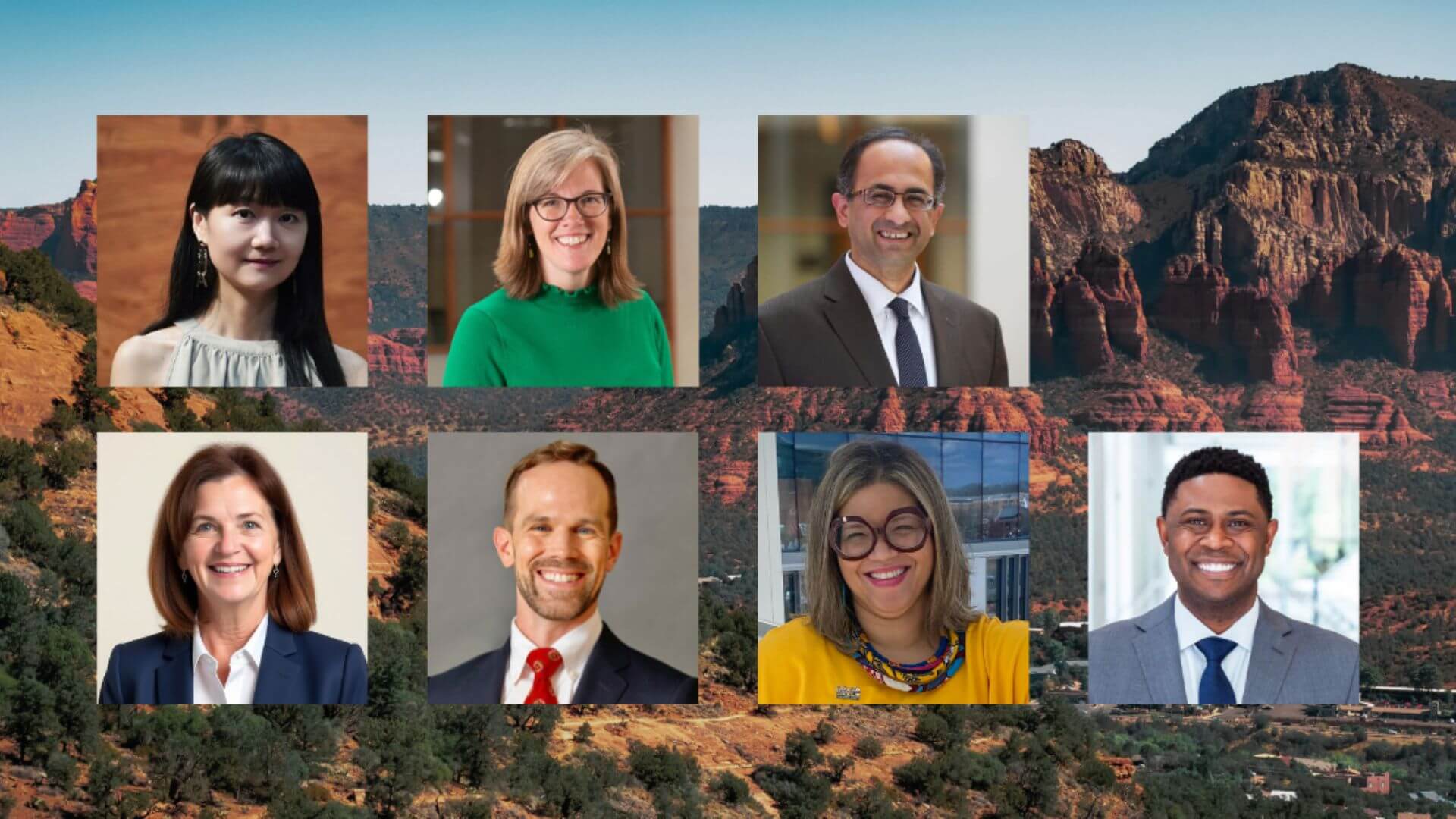
You may have seen it at a fashion show, or even on vehicles: a bright, bold pattern, often featuring red and black stripes. It’s been used by more than 1,000 companies as a cultural representation of Africa, but what does all of this merchandise have in common? The fabric, and its distinctive rich colors and patterns, belong to the 2 million Maasai people.
“Our research and feasibility studies show the Maasai brand is used by over 1,000 companies, many high end such as Louis Vuitton and Jaguar LandRover,” explains Meg Brindle, lecturer at SPP, director for Light Years IP and co-founder of its support organization African IP Trust. If the Maasai could own their intellectual property in the form of a license, she says, as is standard practice in business, then they would have access to a sustainable income, potentially in millions of dollars.
Despite the proliferation of their cultural imagery, the Maasai people of Kenya and Tanzania live in extreme poverty, typically earning US$600 annually. The Maasai rarely receive compensation for the use of their intellectual property (IP) and designs within international markets. To change this, the Maasai people, and other African communities facing similar exploitation, are empowering themselves through IP business strategies. These strategies were developed for Ethiopian coffee farmers, returning $101 million by enabling them to achieve trademarks and licensing.
“They work so hard, but so much is taken from them at the import stage and retail — producers often receive 3-5% of retail, such as in fine coffees,” explains Brindle. “But, if they have a high-end brand, they can own that. That is where a lot of the sustainable income is.”
Brindle, who is also the author of “Social Entrepreneurship for Development: A Business Model,” works to support stakeholders in African countries who are enacting IP business strategies. At the stakeholders’ request, Light Years IP educates them on how they can implement IP strategies in international markets and offers funding to projects that empower impoverished communities through IP protection of their distinctive products.
In Brindle’s experience, a major challenge is addressing general misconceptions about IP. While establishing and leveraging IP rights may seem like a complex legal matter, Brindle says it is actually a business strategy that any producers of distinctive products can implement.
“I wish people knew about IP business, because it can transcend trade barriers,” says Brindle. “I wish it didn’t sound so mysterious to people, and I wish [investors] would fund this type of project.”
For students and graduates interested in international development, a young field established alongside USAID in 1961, Brindle’s advice is to learn two key things: what has worked and failed, and current trends in funding models. The first, she explains, is important “so that we do not repeat our well-intended but sometimes less well executed, or inappropriate intervention.” For the second, she suggests students focus on “the developing area of social impact investors and funding even apart from large scale, more traditional government sponsored funds and grants.”
“Learn how to present and access this multi-billion dollar arena, via learning to present your ideas and interventions clearly, succinctly and accurately,” she says.
Despite the challenges of international development work, Brindle expressed an appreciation for the sense of perspective and social responsibility that her IP work in Africa has given her, which she also shares with her students.
“Learn to persevere,” she says. “Have courage. Almost a billion people out there living in poverty deserve our very best."




